|
Ypsilanti, Michigan Weather
|
 |
Civilian Weather Observation Program
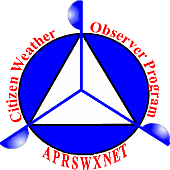 CWOP Number: CWOP Number:
EW0985 |
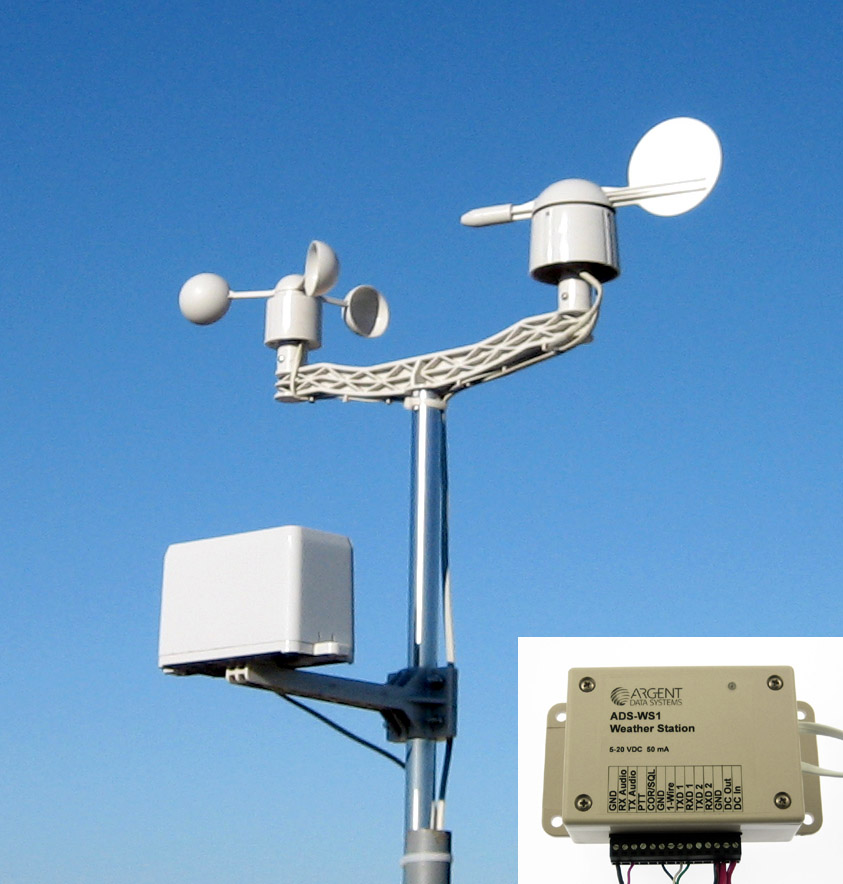 |
| By: Jay Nugent - WB8TKL |
- Instruments inside the Gill box - |
Latest Update: October 1st, 2012 |
- Back to the Home of my Weather Pages
- NWS Standards references and white papers
- Weather Mast design and construction details
- Gill Box design and construction details
- Trench to the weather mast
- Junction Box to terminate all data/power cables
- Instruments inside the Gill box
- Tempurature/Humidity Aspirator
- Sferic details...
- Solar Radiadion...
- Geiger Counter...
- Bat House details...
|
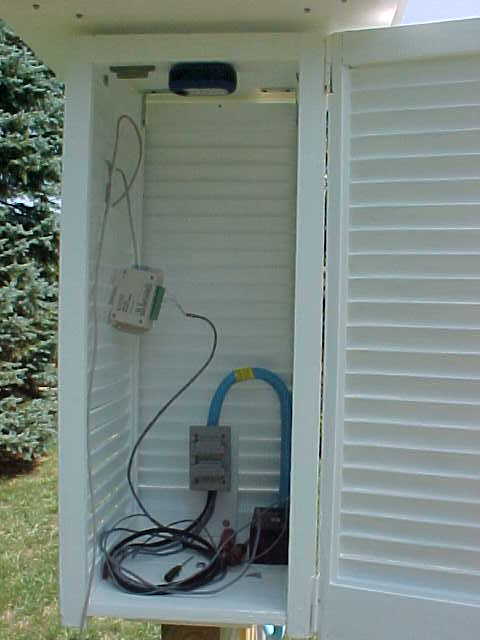

|
ADS-WS1
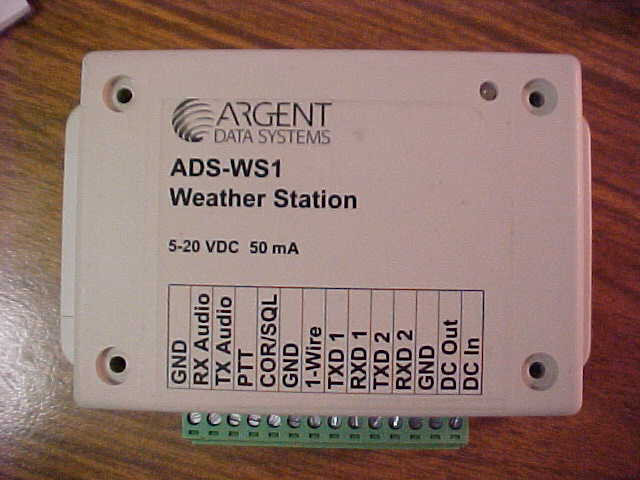
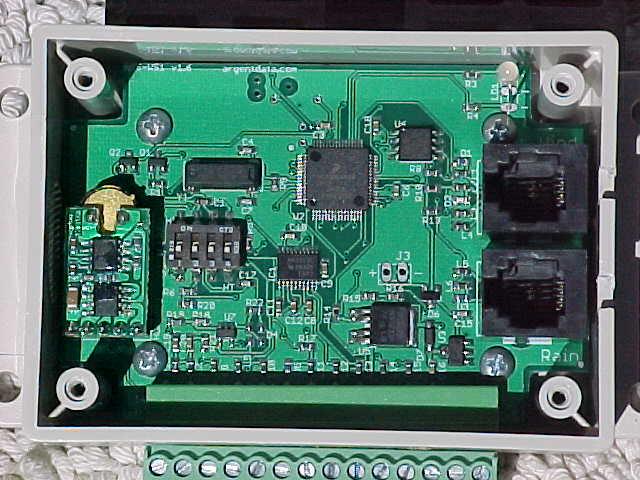
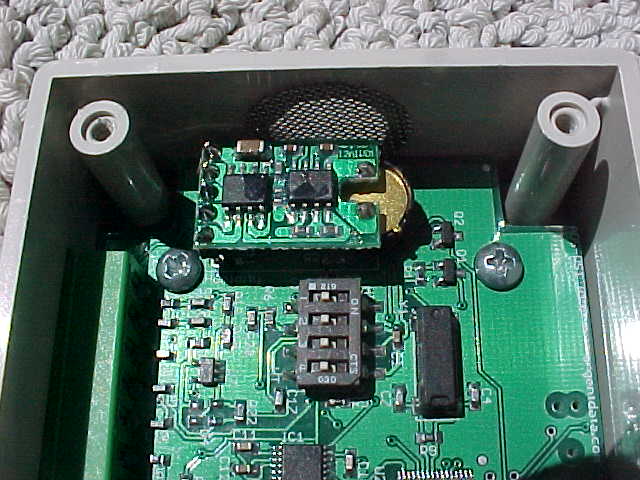
..... This is the ADS-WS1 Weather Controller by Argent Data Systems....
ASPIRATOR

Click on the image to go to the Aspirator webpage.
The aspirator moves ambient air across the Temperature and Relative Humidity sensors at a rate of about 1 meter/sec. This assures that the sensors are measuring the surrounding air, and not just what is trapped near the sensor. This can affect temperature by a couple degrees and has a significant impact on the accuracy of RH readings.
POWER MANAGEMENT & BACKUP BATTERY
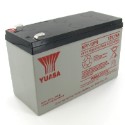


The ADS-WS1 can run on any voltage between 6 and 20 volts. As it draws only about 50 mA, a battery this size will run the station for a few weeks between charges. Other instruments such as the Aspirator, Solar Radiation sensor, Sferic pre-amp board, Geiger Counter, and PIC processor, will add additional load to the battery and shorten its life between charges. So we keep a "float" charge on the battery to keep it topped off.
In reality, the float charger carries the load of all these devices, plus a little for the battery. In the event my main power source (that feeds the float charger) were to fail, the backup battery continues to carry the load.
There is a toggle switch for each device (load) including the Battery and the Float charger. This way the loads can be run just on the Battery, or just on the Float charger. The LED indicates that there is voltage present on the 12 Volt buss.
It is critical that none of the loads/devices, including the Float charger and heat produced from the battery during charging, produce any significant heat that will be detected by the Temperature or Humidity sensors.
WORK LIGHT
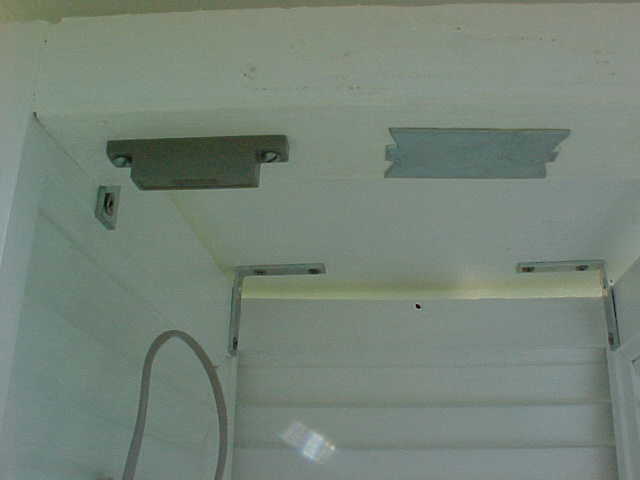
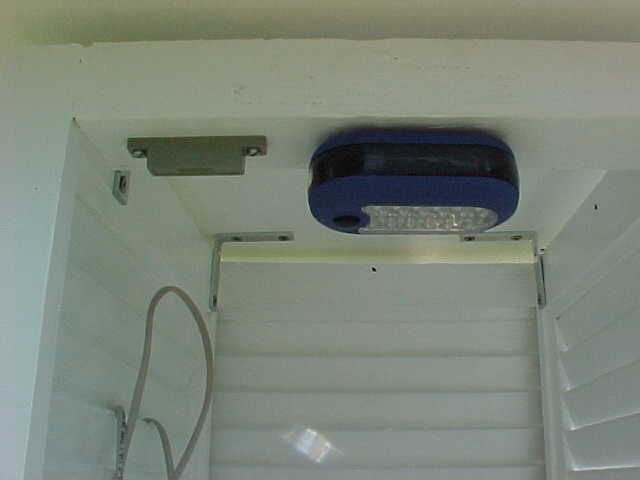
A battery-operated LED worklight is installed at the top of the comparment. It never fails that when you need to check a device, look for a loose connection, or just check something, it will be at night. So having a light available is quite handy! This light is removable, so it also serves as a light source when you need to shine a light up the mast to see if the Wind Vane and Annemometer are iced up.
A metal cable protection plate (used to protect electrical wiring inside walls) is nailed into place. A magnettically atteched LED flashlight ($3 at Harbor Freight) is placed on the metal plate. It shines down onto the equipment when needed, or can be removed and used to look into things more closely when needed.
POWER OUTLET
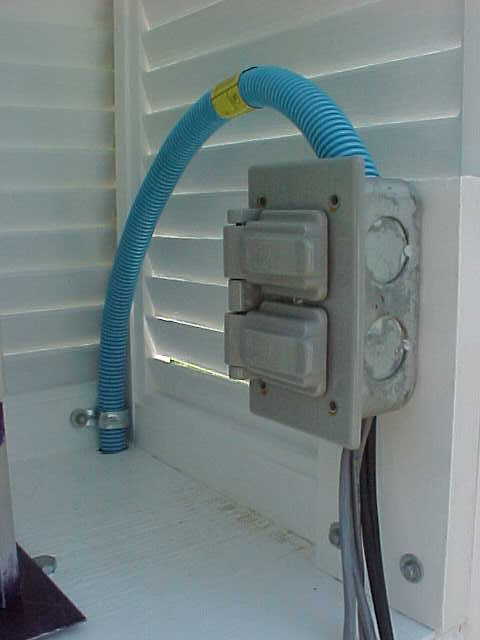
...........
LIGHTNING PROTECTION

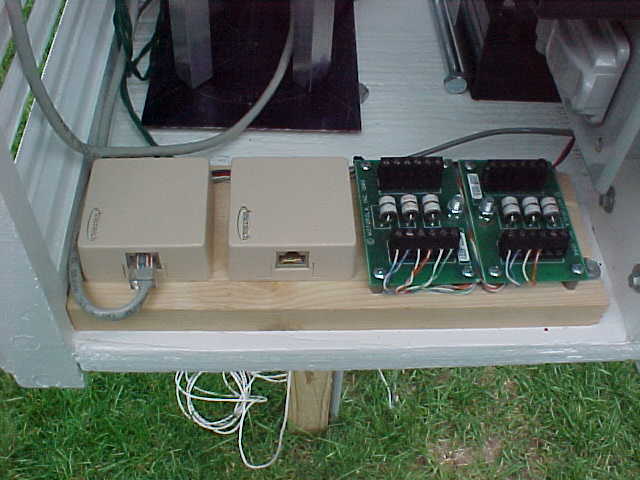
Having a long metal rod sticking up in the sky *can* be an attraction to lightning. Ben Franklin proved that by discharging the air mass nearby can help to prevent lightning from occuring - at least in the immediate area. So we have attached a large #6 gauge stranded copper wire going from the weather mast down to an 8-foot ground rod at the base of the mast. We also protect all (well, actually most, cables going into or out of the Gill box with lighting suppressors (Motorola 84D83100).
SECURITY

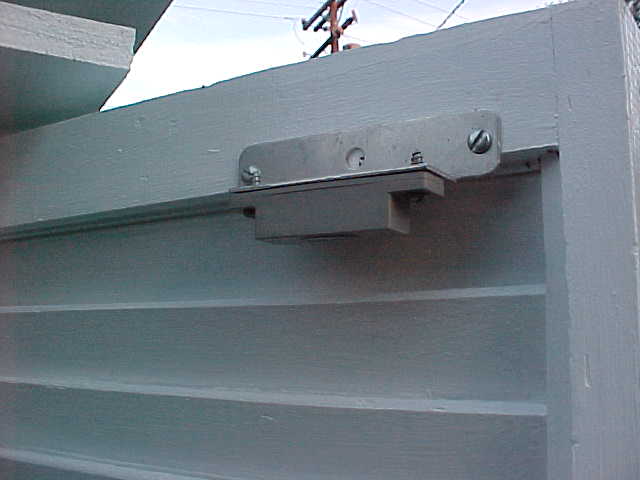
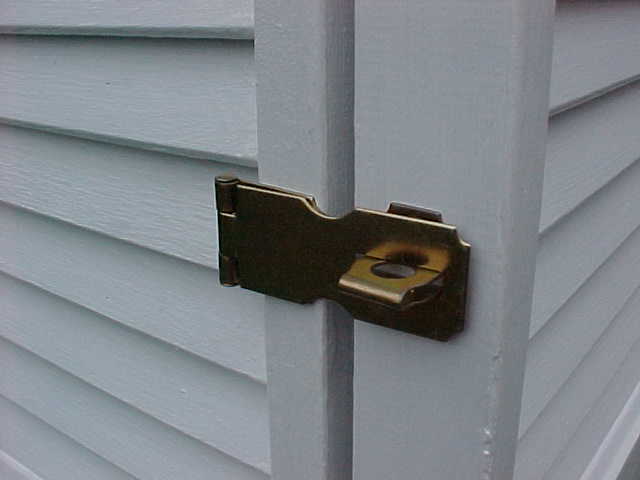
An Ademco type #39 magnet and magnetic switch are placed on the Gill box door. This serves a couple of purposes - my office is in the basement where I can monitor the status of a number of doors and gates and motion detectors around the house, garage, workshop, and property. Sometimes these alarm indicators remind me that I have left a door or gate open that shouldn't be. So a magnetic switch on the Gill box will remind me if I have left the door open.
Since the Gill box may someday contain some rather valuable equipment, having an alarm "contact" gives a little reassurance that the box is closed and safe.
A simple latch is used to secure the door. This can be locked, or just latched, depending upon whether the equipment inside is considered valuable or not. I typically just slip a big nail in the latch and that is good enough (for now).
Data Collection PC...webserver...
SFERIC
SOLAR RADIATION
GEIGER COUNTER
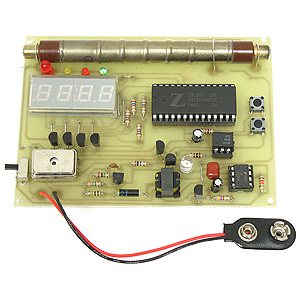
The addition of a Geiger counter kit is planned for a later date....
This Geiger counter can detect the presense of Beta and Gamma particles and outputs the typical click. In addition, this unit also counts the number of clicks and displays the result on a 3-digit display. The click rate will be collected by an external single board computer (PIC, Arduino, Rasberry Pi) and a daily log will be kept.
Random clicks are even heard from your the counter as cosmic rays strike the tube!
This device enables us to track the natural background radiation patterns we all live in day to day. It will also detect CME (Coronal Mass Ejection) events that impact the Earth from time to time.
(air purity measurment instruments)



These pages are maintained by:
jjn@nuge.com
Copyright © 2012 John (Jay) Nugent - WB8TKL
All Rights Reserved. All other Copyrights and
Trademarks are property of their respective owners.
INFORMATION ON THIS WEB SITE IS PROVIDED "AS-IS" WITHOUT WARRANTY OF ANY KIND,
EITHER EXPRESSED OR IMPLIED, INCLUDING, BUT NOT LIMITED TO, THE IMPLIED WARRANTIES
OF MERCHANTABILITY, FITNESS FOR A PARTICULAR PURPOSE, OR NON-INFRINGEMENT.
SOME JURISDICTIONS DO NOT ALLOW THE EXCLUSIONS OF IMPLIED WARRANTIES, SO THE ABOVE
EXCLUSION MAY NOT APPLY TO YOU.


 CWOP Number:
CWOP Number: 

 CWOP Number:
CWOP Number: 





















